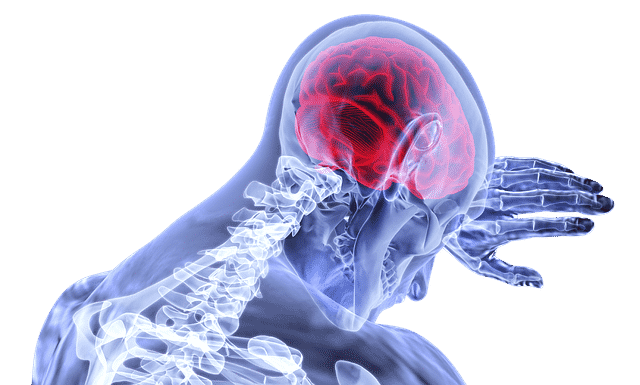The month of May is National Stroke Awareness Month. Strokes are the fifth leading cause of death in the United States. It is the leading cause of adult disability. A stroke is when the blood supply to the brain has stopped due to a blockage or hemorrhage. Cells require oxygen and glucose. The stroke deprives the brain cells of these during a stroke and brain cells die. Permanent brain damage can occur or even death if a stroke is not treated early.
There are two types of strokes:
1. Hemorrhagic Stroke : This occurs when a brain aneurysm bursts or a weakened blood vessel leaks. Blood spills around the brain or even into it and causes swelling and pressure. This will damage tissue and cells in the brain.
2. Ischemic Stroke : This type of stroke is more common. It is caused by a blood clot that blocks a blood vessel in the brain. Blood cannot flow properly to the brain when this blockage happens. This type of stroke is similar to a heart attack, but occurs in the brain.
The first step in preventing a stroke is recognizing the symptoms. Strokes are treatable, but getting medical attention as quickly as possible is vital.
Symptoms of a stroke:
– Loss of balance, often including nausea, vomiting, or fever
– Sudden dimness, double vision, blurred vision, or loss of vision
– Difficult or slurred speech or ability to understand speech
– Brief loss of consciousness
– Sudden falls or dizziness
– Weakness in your legs or arms (especially if on one side)
– Facial paralysis
– Sudden and debilitating headache or migraine
– Sudden loss of vibratory sensation (feeling) on the skin
– Loss or decrease of reflex (ex. trouble swallowing)
If you or someone you notice experiences any of these signs of a stroke, emergency treatment is critical to recovery and even survival. The first test after a stroke is normally a CT scan in order to detect bleeding in the brain. A doctor will want to diagnosis what type of stroke occurred, the location of if, and know possible brain damage. Stroke recovery is a lifelong process. However, there are a number of types of therapy for post-stroke recovery.
One myth of strokes is that they only affect the elderly. The truth is that they can happen to anyone at any time. However, after the age of 55, the chance of suffering a stroke doubles every decade. It is more common in adults 65 and older to suffer a stroke.
Your risk increases if someone in your family has experienced a stroke. Make sure your primary physician is aware of your family’s history of strokes. The number one cause of strokes is high blood pressure. Eating healthier, possible medications, and physical activity can control this. Any type of heart disease, such as coronary artery disease, can cause blood clots that block blood vessels in or leading to the brain. Talk to your doctor about blood-thinning therapy to prevents clots. Cholesterol can clog arteries and cause a stroke. Work with your healthcare professional to manage your cholesterol levels.
Lastly, remember to use the acronym F.A.S.T. to remember warning signs of a stroke:
FACE: Have the person smile. Is one side of the face drooping?
ARMS: Have the person raise both arms. Does one arm drift downward?
SPEECH: Have the person repeat a simple phrase. Do you notice slurred or strange speech?
TIME: Call 9-1-1 immediately if you observe any of these signs. Time is of the essence. A person does not need to be experiencing all of these symptoms to be having a stroke.

